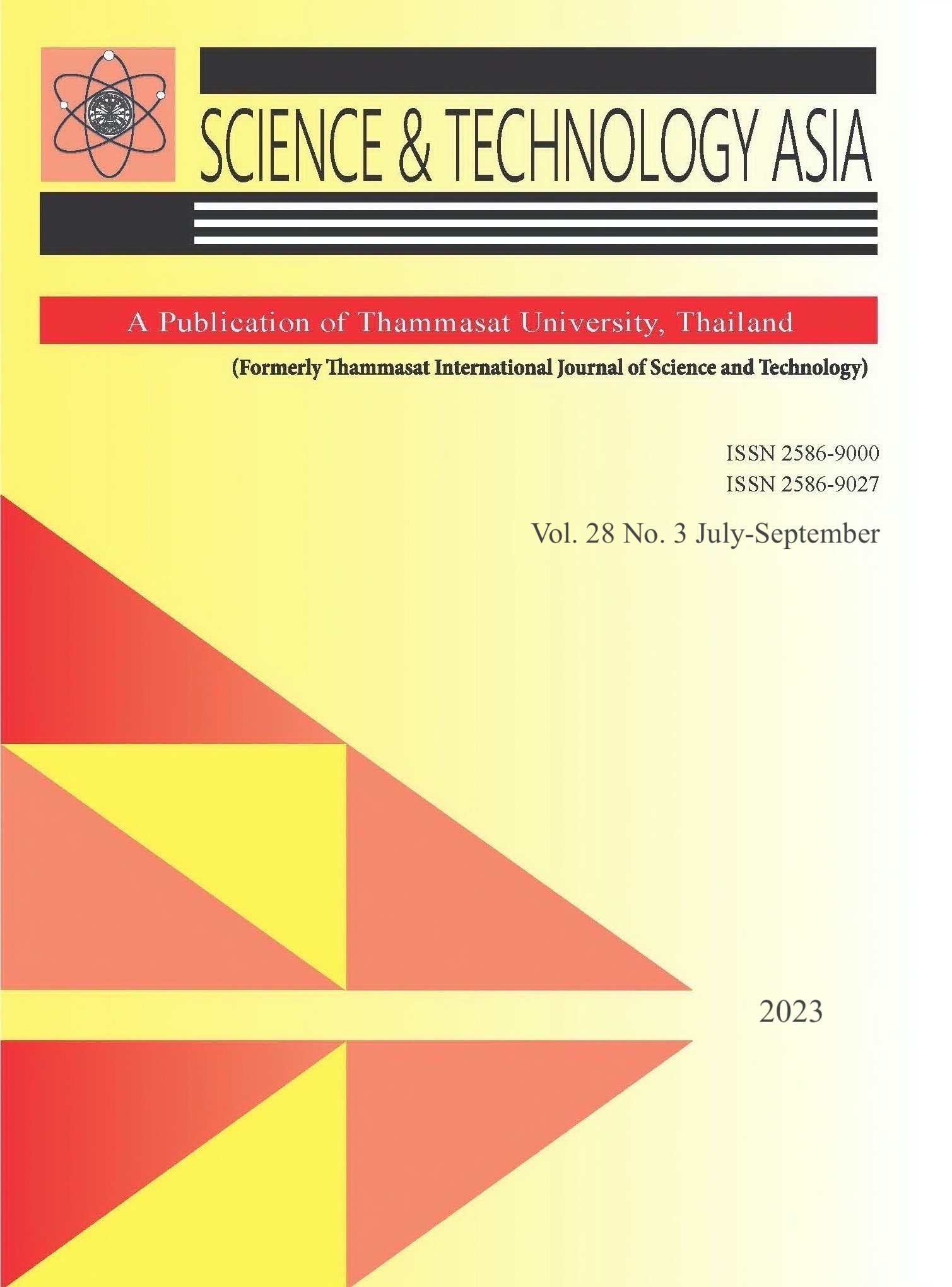Effect of Single-Walled Carbon Nanotube on the Properties of Tetra Substituted Zinc Phthalocyanine-Uridine Conjugate
Main Article Content
Abstract
Combined-mediated therapy for cancer treatment is gaining urgent attention due to the overwhelming side effects of conventional chemotherapy. The use of single-walled carbon nanotubes (SWCNTs), as a drug delivery agent, will improve the selectivity, efficacy, and properties of tetra-substituted zinc phthalocyanine (ZnTPCPc) as a photodynamic agent during photodynamic therapy. The effect of SWCNT and uridine on the properties of ZnTPCPc was studied. Uridine was chemically linked to ZnTPCPc to form ZnTPCPc-uridine (2) which was further adsorbed onto SWCNT-COOH to give a combined photoactive complex represented as ZnTPCPc-uridine-SWCNT (3). Fluorescence and laser flash spectroscopy were used to determine the photophysical parameters, while thermogravimetric analysis (TGA), Raman spectroscopy, Transmission Electron Microscopy (TEM), UV-visible and Fourier transform infrared (FTIR) spectroscopy were used to characterize the complexes. Characteristics Q-band of metallated phthalocyanine was observed for the derivatives of ZnTPCPc, complexes 1, 2, and 3 exhibited Qband maxima at 680 nm. Changes in the TGA pattern, TEM image, Raman peaks, and FTIR spectra show that complexes 2 and 3 were successfully formed. Despite the presence of SWCNT in ZnTPCPc-uridine-SWCNT, the fluorescence and triplet quantum yield increases; this indicates that the quenching effects of SWCNT were not observed in complex 3. The photophysical properties of the complexes, especially the high triplet quantum yield result suggest that the new combined photoactive complex could be a potential drug for the treatment of cancer.
Article Details

This work is licensed under a Creative Commons Attribution-NonCommercial-NoDerivatives 4.0 International License.


